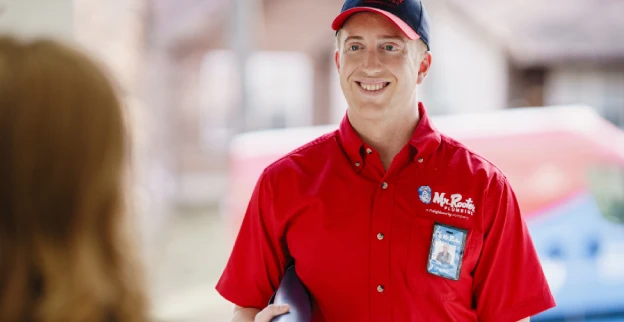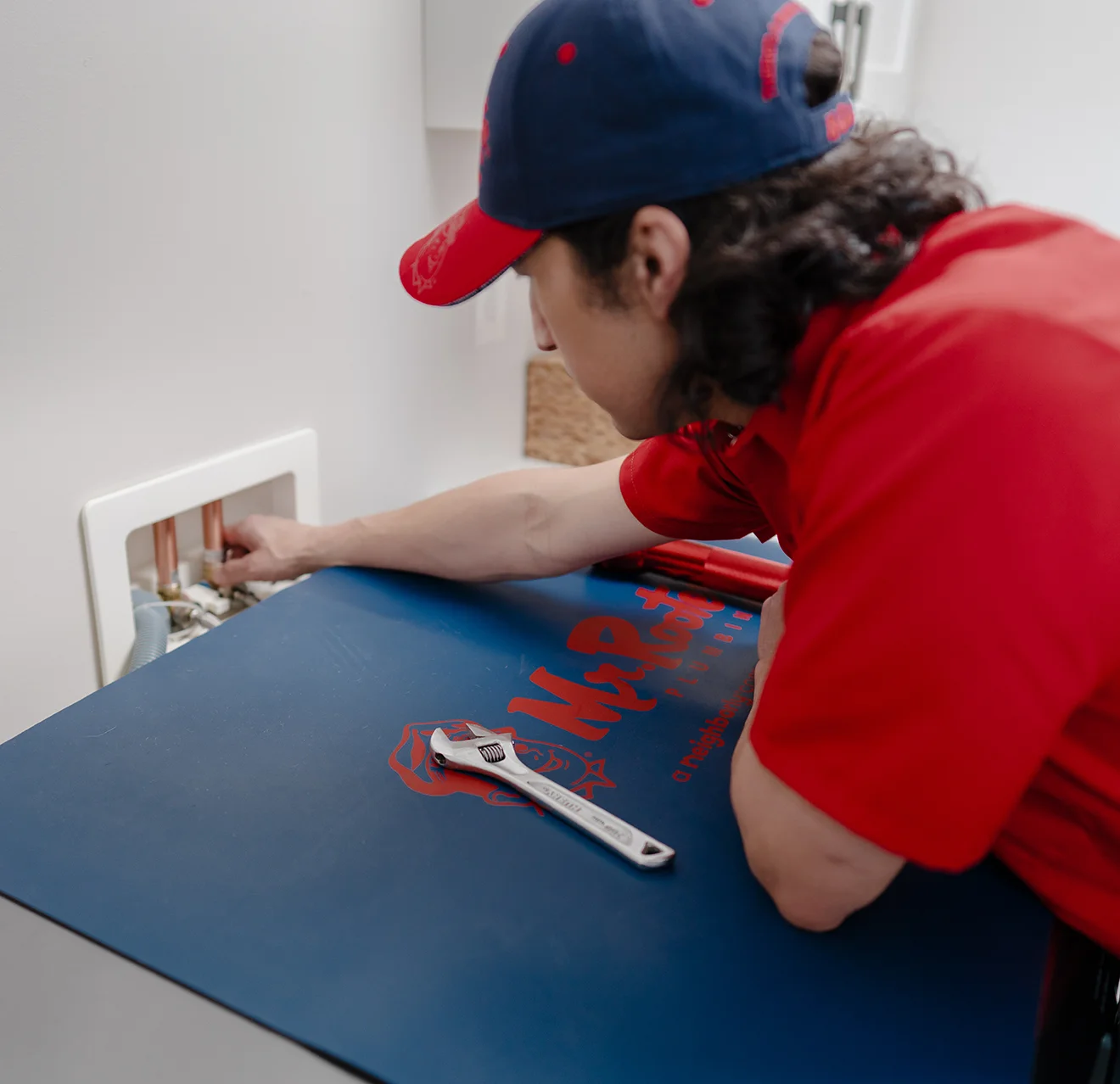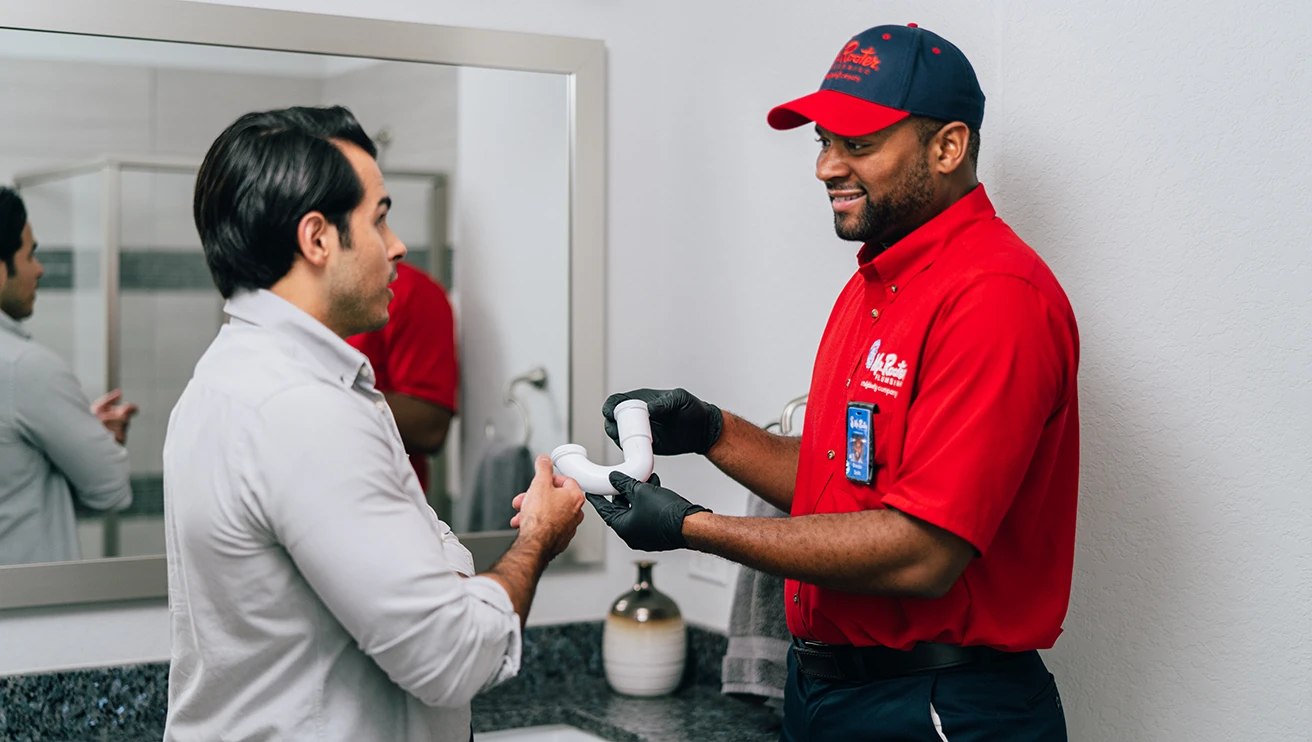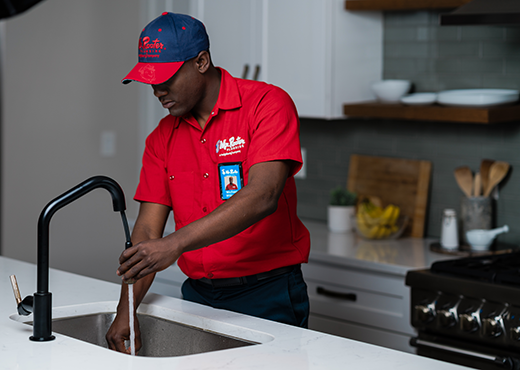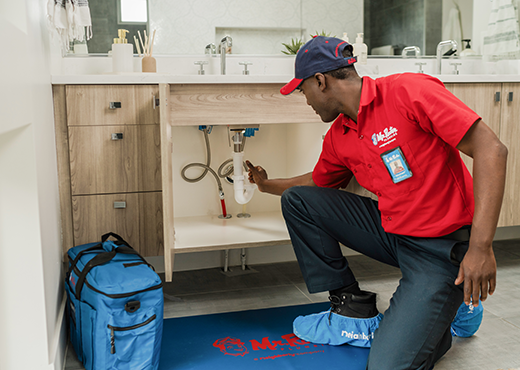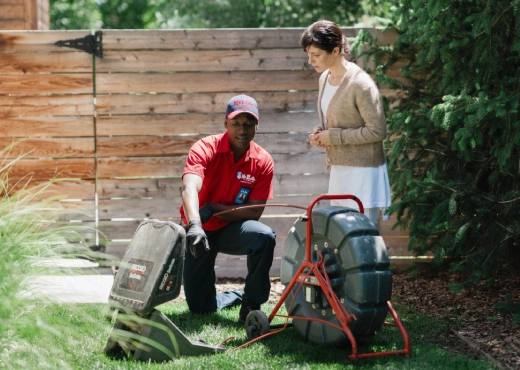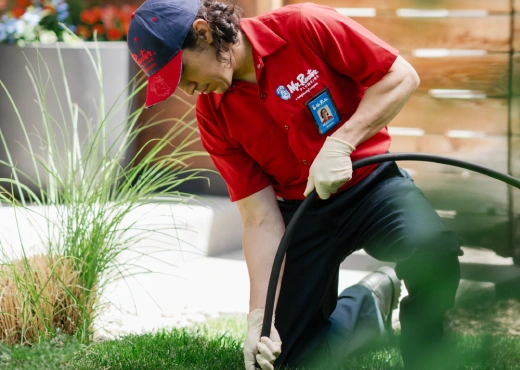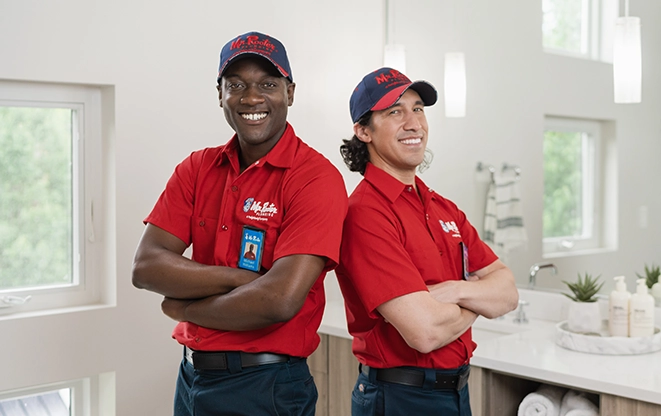Often, your water lines can experience problems caused by corrosion, sediment buildup, and condensation. That's when you know you need a professional Edmonton plumber to check out your water supply for a possible water line repair. Sherwood Park homes could have a slow leak or a corroded water line that could be on its last legs. To get down to the root cause of the issue, our experts will conduct a detailed inspection.
Diagnosis and Inspection
Before we can even begin the repair or replacement process, our plumbing team will thoroughly inspect your home's plumbing system. Any plumbing repair requires an inspection, and Sherwood Park's residents know that Mr. Rooter Plumbing will always inspect first; that way, we can give you accurate recommendations on whether a replacement or repair is the best choice. We employ a few methods for water line inspection: thermal imaging, visual inspection, meter observation and occasionally pressure testing.
Thermal Imaging
Our team utilizes advanced infrared thermal imaging to detect leaks that affect your home's water flow. We use infrared imaging to create a heat map of the various temperature zones surrounding your pipes. This way, we can better pinpoint potential seepage areas and damaged sections of your water system.
Pressure Testing
Water damage can be the result of a frozen pipe, resulting in unstable water pressure levels. Before we begin pressure testing, your local plumber will test your home's pressure regulator to confirm that it's working properly before proceeding. If you're noticing decreased water pressure across multiple fixtures, it's likely due to severe damage to your plumbing lines that require intensive pipe repairs or even complete water line replacement. Sherwood Park plumbing experts will take a flow reading and pressure test before proceeding with any replacement or repair services.
Visual Inspection
Visual inspection of your water lines can reveal a lot of information for a plumber. Slow leaks, code violations, and other concerns can easily be identified in areas where the water lines are visible. Of course this method quickly falls short in finished ceilings and walls.
